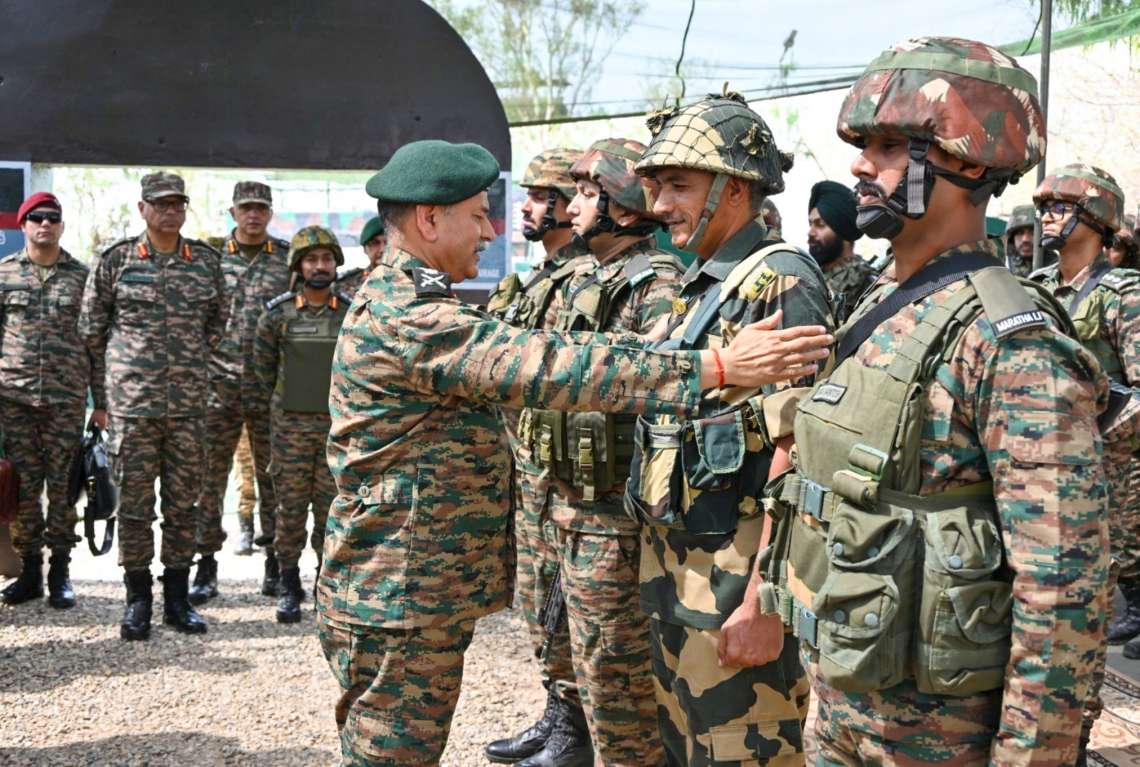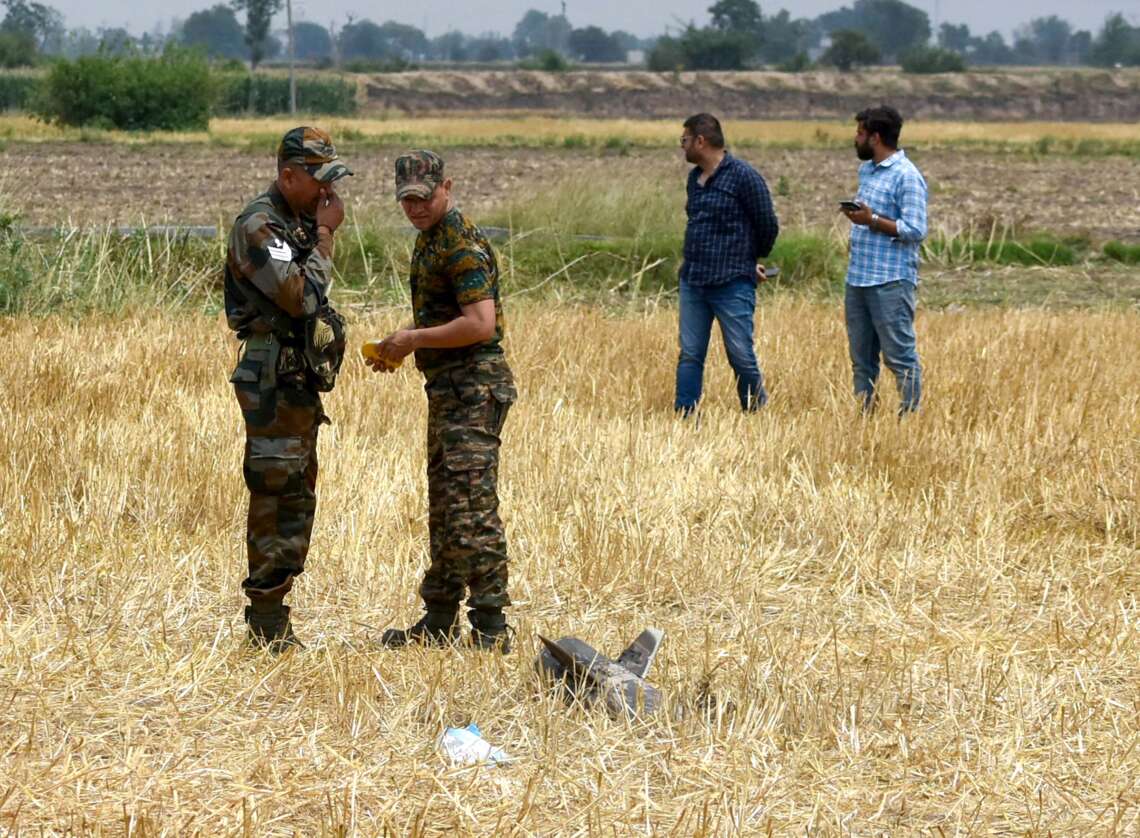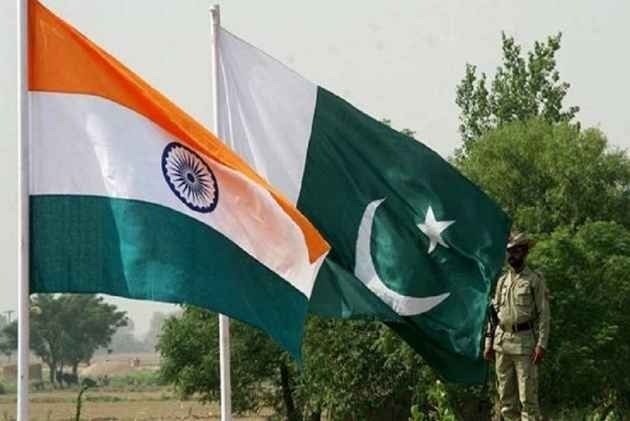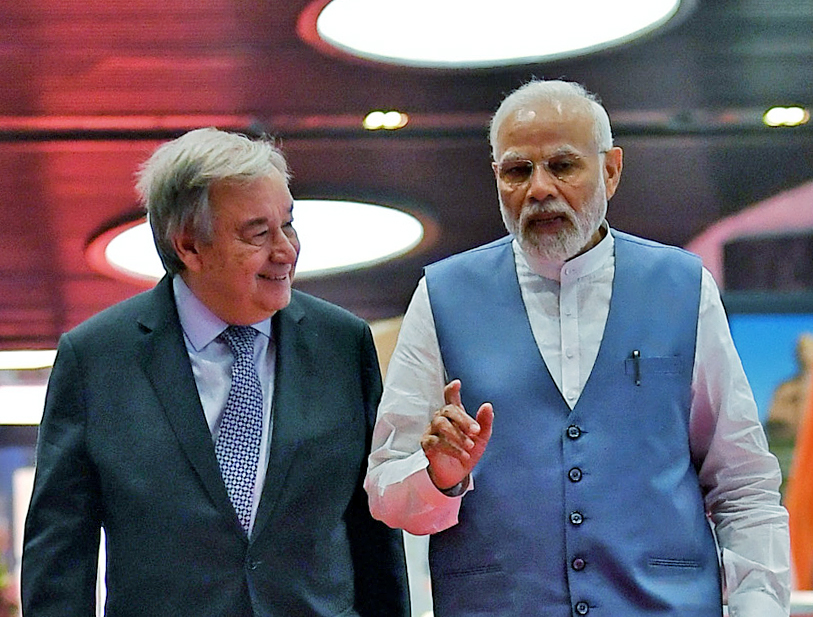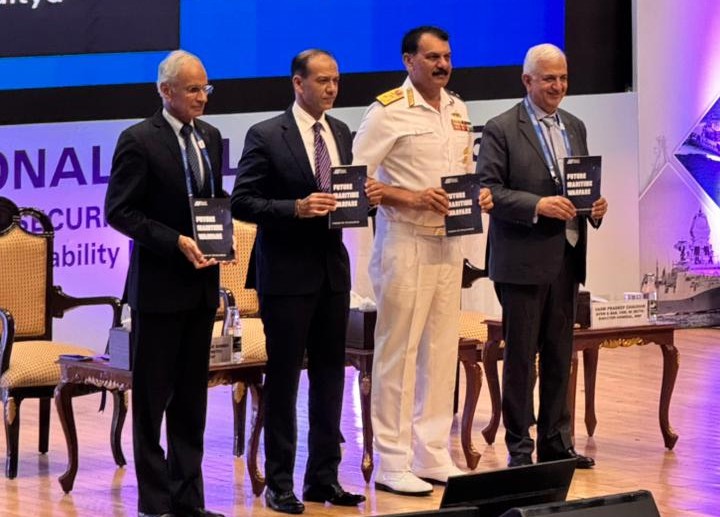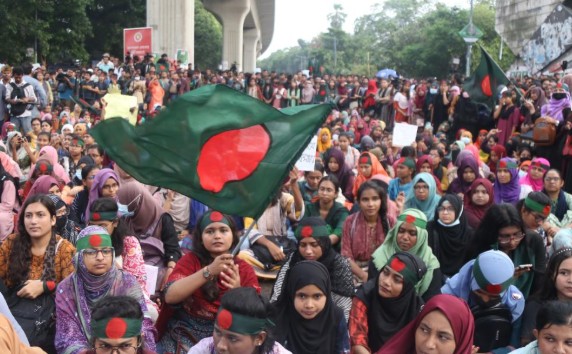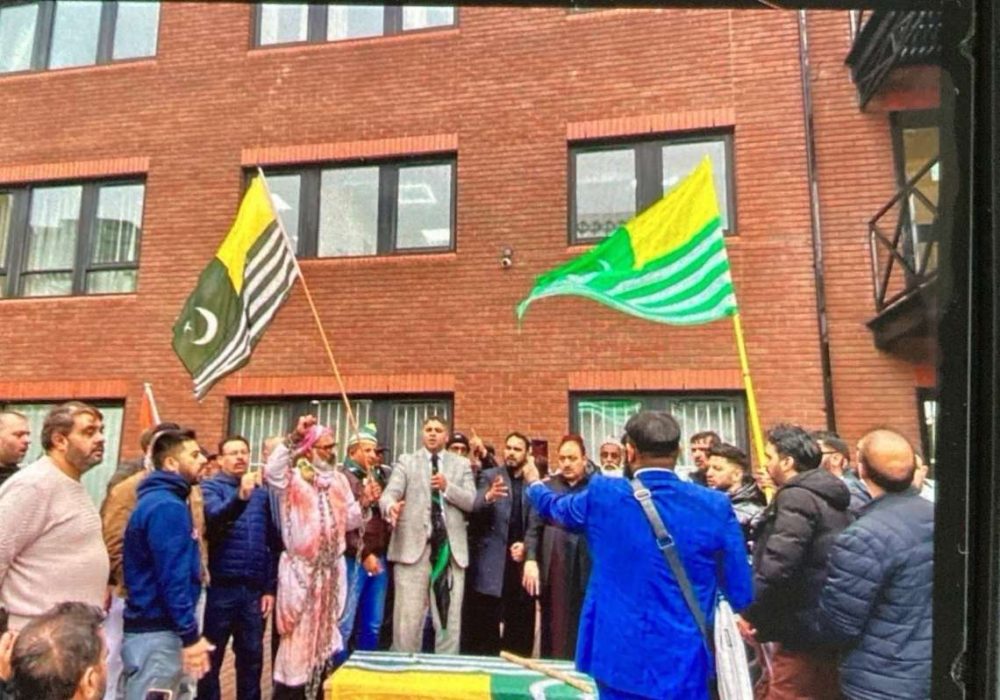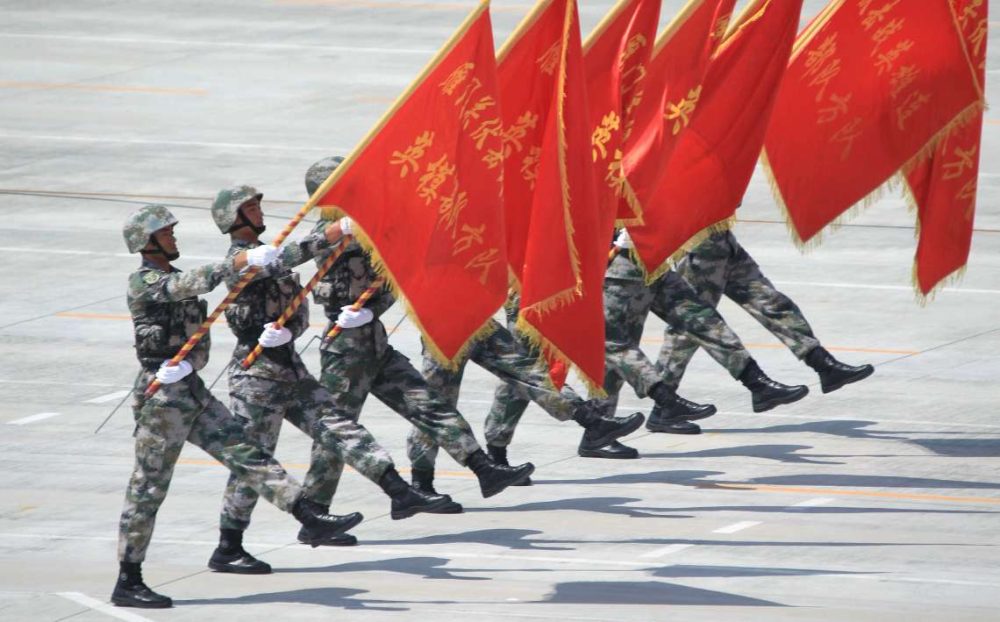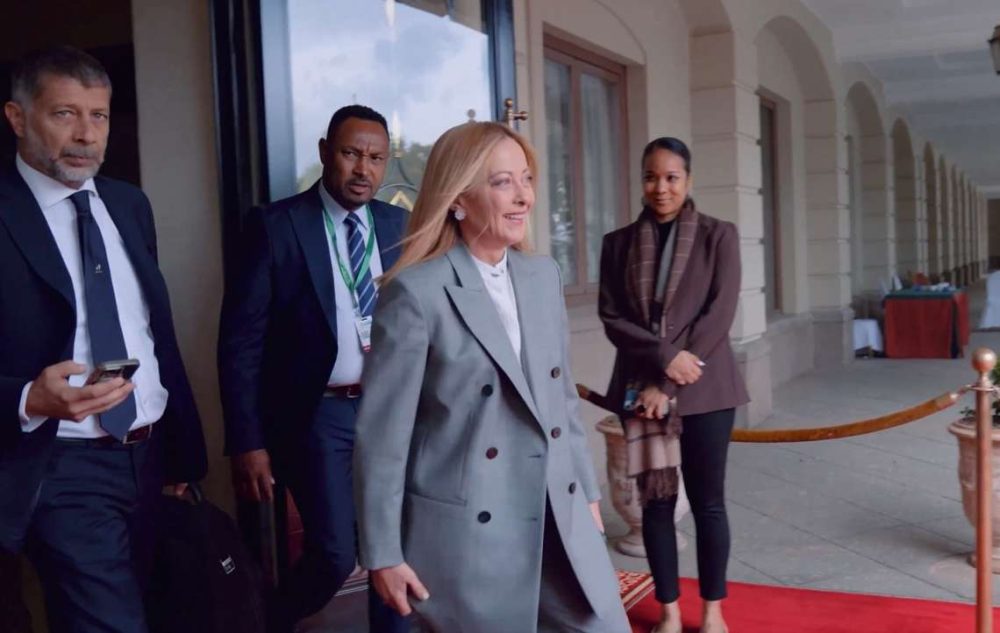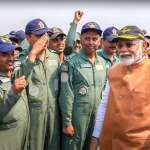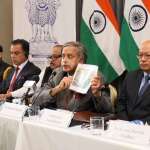As Pakistani shells rained on border villages, killing civilians and shuttering schools, India stood firm but restrained. Drones were downed, missiles intercepted—but instead of matching fury with fury, Delhi chose precision over provocation, defying calls for all-out retaliation, writes Aravind Rajeev
The aftermath of the April 22 Pahalgam terror attack saw India execute one of its most precise and restrained military responses in recent years. Operation Sindoor, targeting terror infrastructure in Pakistan and Pakistan-administered Kashmir, struck nine locations associated with groups like Jaish-e-Mohammed and Lashkar-e-Taiba. While India claimed over 80 militants were neutralised, its strikes deliberately avoided Pakistani military installations.
This was not business as usual. Rather than escalating towards open warfare or sabre-rattling, India responded with a calibrated doctrine of proportional retaliation—targeted, timely, and strategically limited. The focus was on minimising civilian casualties while maximising impact on terror groups. Even in the face of Pakistani retaliation – which included indiscriminate shelling of Indian civilian areas and attempted drone and missile attacks – India’s reply remained focused on neutralising threats without tipping the region into wider conflict.

This marks a clear evolution in New Delhi’s security posture. The response to Pahalgam wasn’t just tactical; it was doctrinal. For a government often accused of aggressive posturing, this restraint indicates maturity. It’s a calculated shift that serves three objectives: maintaining escalation control, denying Pakistan a diplomatic narrative of parity, and reinforcing India’s image as a responsible regional power.
But this doctrine has its limits. Despite the precision strikes and deterrent rhetoric, there has been no confirmation that the attackers behind Pahalgam were apprehended or killed. Nor has Pakistan shown any meaningful shift in its posture toward the terror groups it harbours. Strategic restraint may help avoid war, but it does not automatically deliver justice – or peace.

This latest ceasefire, like its predecessors, lacks transparency, accountability, and follow-through. It includes no mention of civilian casualties, no reference to terror camps, and no agreement on mechanisms to investigate or prevent further attacks. In the absence of such measures, it becomes hard to see the agreement as anything more than a temporary pause—a chance for both sides to reset their positions, regroup, and prepare for the next round.
Trump in Kashmir: Mediation or Muscle-Flexing?
Complicating this fragile picture is the role played by the United States, with President Donald Trump taking public credit for facilitating the ceasefire. U.S. officials, according to multiple reports, held backchannel discussions with leaders in both New Delhi and Islamabad, urging calm and de-escalation. Trump’s declaration of the ceasefire – before even India or Pakistan formally announced it – was a striking display of American self-assertion.

For India, which has always maintained that Kashmir is strictly a bilateral issue, Trump’s intervention was diplomatically awkward. The Indian Ministry of External Affairs was quick to underline that the ceasefire was a mutual decision, not a product of foreign mediation. Yet, the optics told a different story. A third-party superpower announcing peace between two nuclear neighbours inevitably raises questions about who is really in charge.
This kind of opportunistic diplomacy fits a broader Trump-era trend: high-profile, low-substance interventions in global hotspots. Whether it’s North Korea, Ukraine, or Kashmir, the U.S. under Trump appears more interested in managing crises for headlines than in resolving them for history.
And while the U.S. role may have helped avoid further escalation this time, it leaves behind a troubling precedent. Each time the subcontinent heats up, does it now require a phone call from Washington to cool down? If so, that weakens regional agency and undermines the very bilateral framework that both India and Pakistan claim to uphold.

Moreover, there’s no indication that the U.S. intervention demanded any accountability—either for the Pahalgam attack or for the subsequent civilian casualties from Pakistani shelling. Once again, stability was prioritised over justice, and optics over outcomes.
The real test lies ahead
Taken together, India’s strategic restraint, the shaky ceasefire, and U.S. diplomatic theatrics form a precarious triangle. Each element offers short-term relief but leaves long-term questions unanswered. India may be evolving a more mature security doctrine, but without a parallel diplomatic or judicial strategy, military success alone is insufficient. The ceasefire may offer breathing room, but it lacks the structure needed to prevent recurrence. And the U.S., while helpful in defusing tension, has not brought the region any closer to peace.
Until terror infrastructure is dismantled, justice is served, and political dialogue resumes, no ceasefire will hold. South Asia deserves more than a fragile calm between calamities. It deserves a peace that lasts – and that begins with more than just missiles, meetings, and mediation.




